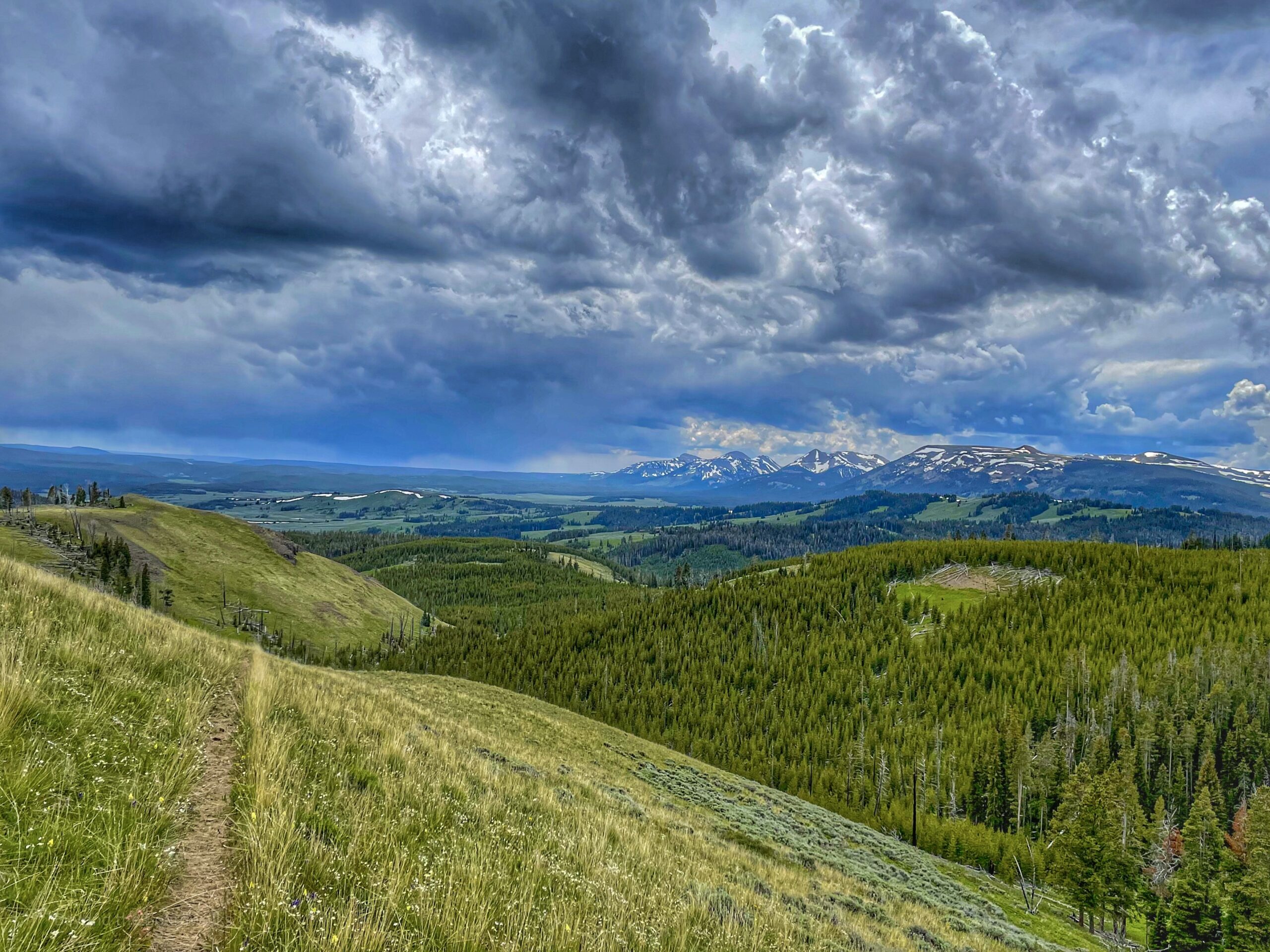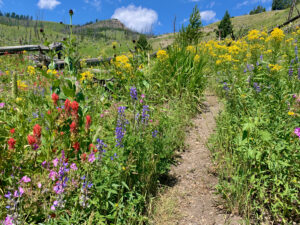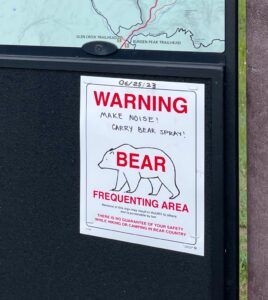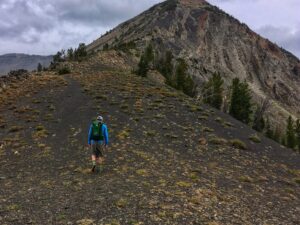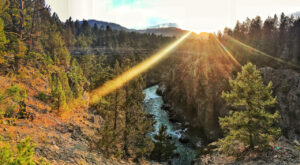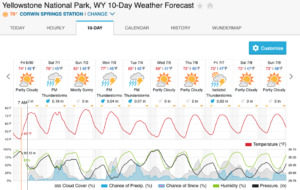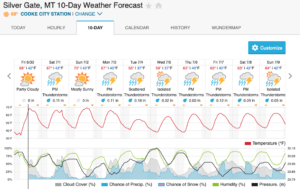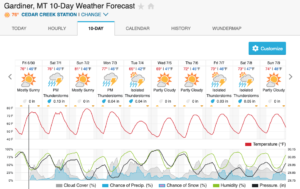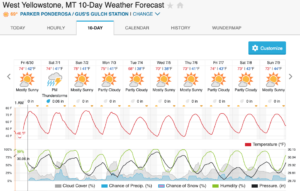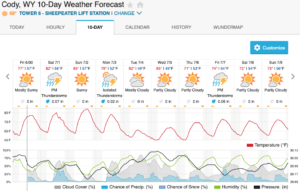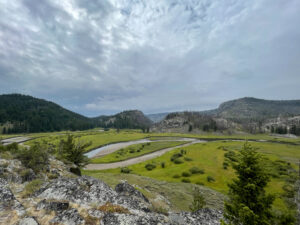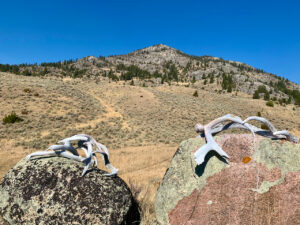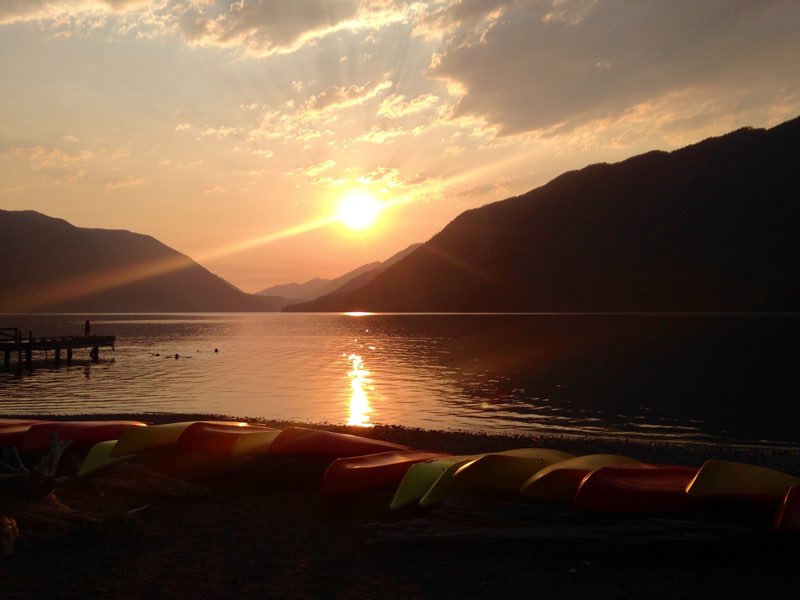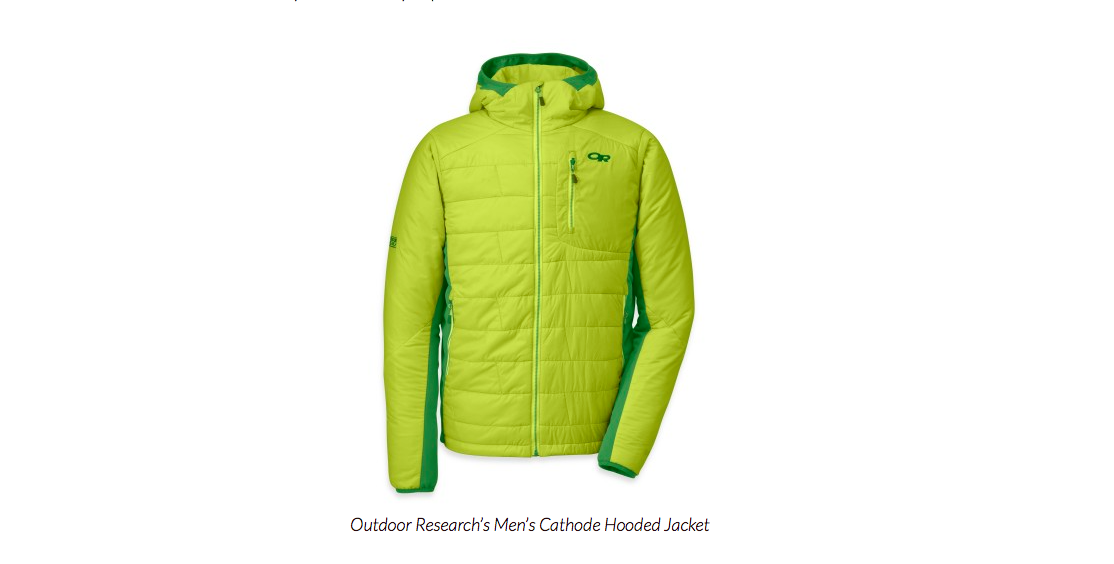Thank you for reading! Please know that while this will serve as a great starting point to have the perfect trail adventure in the park, this is not a complete overview of everything you need to know about hiking in Yellowstone National Park. This is also not for the boardwalk hiking paths, as those are well-maintained and heavily used. This is for trails that go beyond the boardwalks.
For even more detailed and consistently updated hiking conditions in every corner of the park, I strongly encourage you to look at the official Backcountry Situation Report put out by Yellowstone National Park.
As always, if there is anything you would like to see in future posts, do not hesitate to send me a message!
Overview of Current Hiking Highlights
Right now, the wildflowers of the park are popping all over. The arrow leaf balsam root may be slowly fading at the lower elevations, but the rest of the flowers are just starting to hit their stride. Be on the lookout for lupine, paintbrush and a handful of other wildflowers all around the park. The main exception to wildflowers will be in the geyser basins, as the blooms there are not as impressive or as widespread as in other areas of the park. Wildflowers in the park often grow under the forest canopy, but wildflower displays also often occur in open meadows and sagebrush-steppes.
For more wildflower details, please click here to head over to the official wildflower page for Yellowstone National Park. For pictures and names of all the wildflowers you may spot in Yellowstone, check out this website.
Bears and other wildlife are also frequenting quite a few trails in the park, but there are currently (as of June 29th, 2023) no trail closures due to wildlife activity. However, some trails may have signs warning about bears frequenting the areas. These signs are not placed here without purpose, so please take them seriously.
Wildlife Safety Quick Tips
Expect wildlife encounters on all trails and always carry bear spray with you. Bear spray should be quickly accessible and you should know how to use it before heading out on the trail. Also always stay 100 yards from all bears and wolves, and 25 yards from elk, bison, pronghorn and pretty much all other animals. If an animal walks toward you, walk away from it calmly, but quickly. An approaching animal is not a reason to stay still. Always maintain appropriate distances from all wildlife.
When hiking, make noise as often as possible, but especially in areas where visibility may be limited. If you are in the forest, walking around a corner, or cresting a hill, make plenty of noise so wildlife will know you are approaching. Failing to do so could result in an unfortunate incident that may result in personal injury and the execution of the animal.
If hiking solo, make even more noise than you feel you should. Clap. Talk to yourself. Do everything in your power to let wildlife know that you are nearby. Yes, you may not see as much, but your safety and the animal’s safety is most important.
Hiking at Elevation
Chances are, you are not from the Rocky Mountains. If that is the case, there are a few things to know before hiking the trails of Yellowstone. The average elevation of Yellowstone is around 8,000 feet above sea level. The air is also more dry in the region. The combination of the elevation and dry air will lead many to feel slow and slugging.
One way to help adjust yourself to the elevation and dryness is to drink plenty of water or electrolytes, and not just while hiking. If you aren’t needing to pee every few hours, you probably aren’t drinking enough water.
If you can, I also recommend taking a day or two to adjust to the elevation a big before doing a strenuous hike. A few days of just walking around on the flat boardwalks can help your body adjust. Even then, do not expect your pace on a hiking trail to be as fast as it may be when hiking at home. Take plenty of breaks, refuel and rehydrate. While you may be walking in the park, it probably won’t feel like a walk in the park.
Common Hiking Gear Questions
Footwear wise, wear what is comfortable. You more often than not will not need heavy duty hiking boots to hike the trails of the park. They are typically overkill.
Always have a backpack full of food, extra layers, and extra water. Anticipate 100 calories and a minimum of 8oz of water an hour. Bring too much stuff with you and be happy you are fully prepared. Obviously, also carry bear spray and know how to use it.
Finally, I am often asked about whether one should bring trekking poles for hikes. I always say the following: If you want them, bring them. If you think you’ll want them, bring them. If there is even a small chance you may want them, bring them. The worst thing you can do is not have them if you need them. Plus, they add one more point of contact for uphill and downhill sections.
Important Trail Closures
Osprey Falls: Closed for the foreseeable future due to serious erosion after the 2022 floods.
Lost Creek Falls Trail: Access to the falls is not allowed due to a washed out bridge.
Garnet Hill Loop: Closed for the foreseeable future due to serious erosion after the 2022 floods.
Lone Star Geyser: Closed at the main parking area for construction. The trail can still be accessed from the Howard Eaton Trailhead or from Keppler Cascade.
Well-Known Trails Where You Will Find Snow
Snow is getting harder to find!
Patchy snow is still lingering on the following trails: Sepulcher Peak, Avalanche Peak, Mount Washburn. There is also a snow patch clinging on at Bunsen Peak, but like all the other well-trodden trails in the park, I’d expect that after this weekend the snow patches will be even smaller and much easier to maneuver around or through.
Three Recommended Trails for the Week
Alright, so this is obviously subjective, but as a hiking guide, I am often asked where one should hike. The following trails are where I think you’ll enjoy yourself the most right now and treks where you’ll potentially make fantastic hiking memories. I have provided links to get more information about them.
Easy Trail: Artists’ Paintpots Trail
Moderate Trail: The Hellroaring Suspension Bridge down to Hellroaring Creek
Difficult Trail: Avalanche Peak
If these hikes don’t interest you, I do have a hiking guidebook that covers 50 my favorite hikes in and out of the park.
Weather Overview for the Coming Weekend
After a June that saw more rain than any other month of the year, it appears as if the summer sun is finally going to start making an appearance in Yellowstone, albeit briefly. The weekend, which is July 2nd and 3rd, will see warm temps and a low chance of rain around the park. Once the weekend is over, expect thunderstorms sporadically around the park for the rest of the week. Temperature wise, it appears as though the 4th of July will be the coolest day.
If you do hike this week, always watch the clouds and bring rain gear. I also strongly recommend bringing a towel, as well as extra shoes and socks for after your hike.
Bug Conditions
Generally, the bugs are not too bad in the park, but there are always exceptions. Right now, the exception is mosquitoes. If you love aggressive mosquitoes that seem resistant to most bug sprays, you’ll love a lot of the trails right now. The rains of June have made the mosquito season a bit worse than in previous years. It appears that they are not limited to lower elevations either, so prepare for them both along boardwalk treks and adventures up to mountain ridges. Some areas will be worse than others, but I would be ready for them pretty much everywhere for the coming week.
Book a Hiking Tour
Would you rather hike the trails with a knowledgable expert on the park? I offering private guided hiking services in Yellowstone and would be happy to help you have an amazing time out in the wilds of the park. Feel free to reach out to me directly, or check out my current guided hiking options!
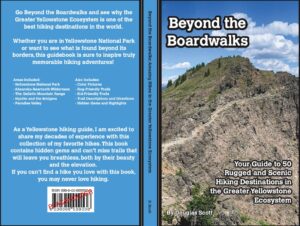
Pick up A Guidebook to the Region
I mentioned it before, but I have written a hiking guide to 50 of my favorite trails in and around the boundaries of Yellowstone National Park. It is sold both in paperback and an ebook formats and can be purchased by clicking on the following links.
Ebook Copies: https://store.outdoor-society.com/shop/ebooks/6
Paperback Copies: https://store.outdoor-society.com/shop/guide-books/3

